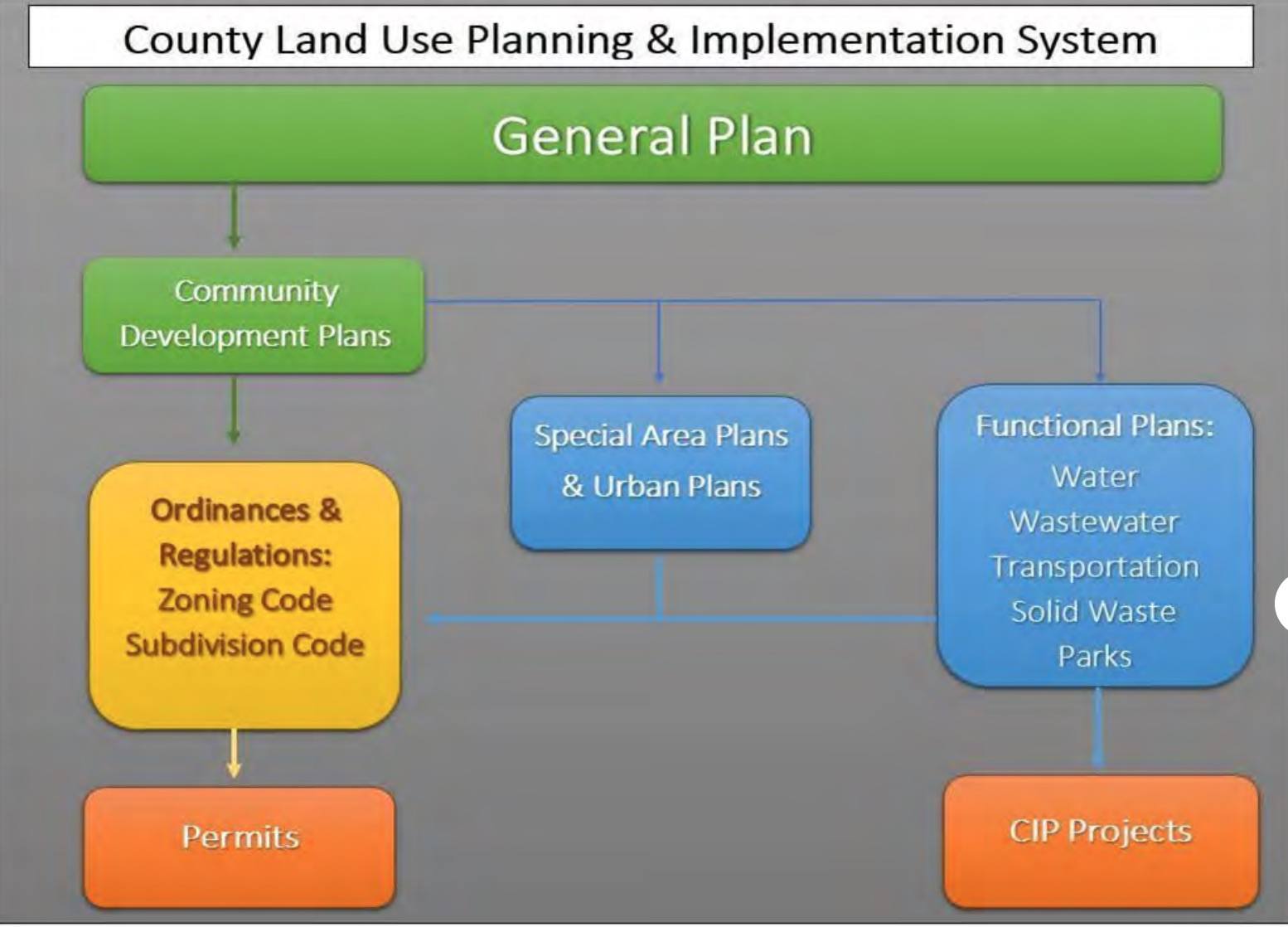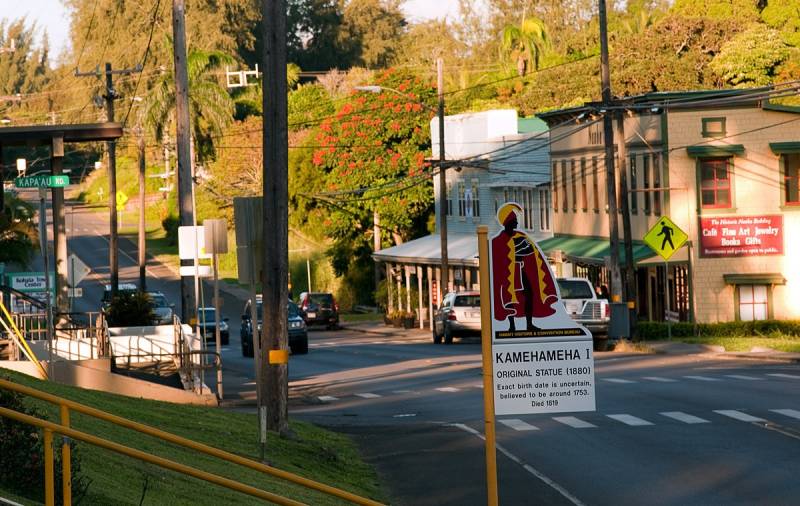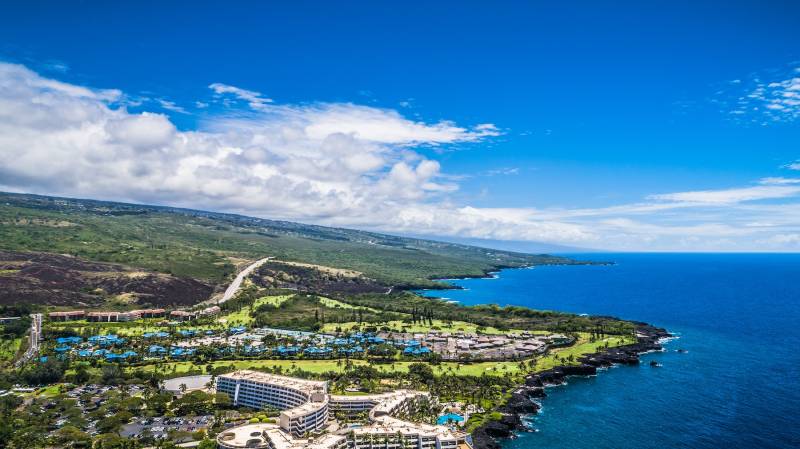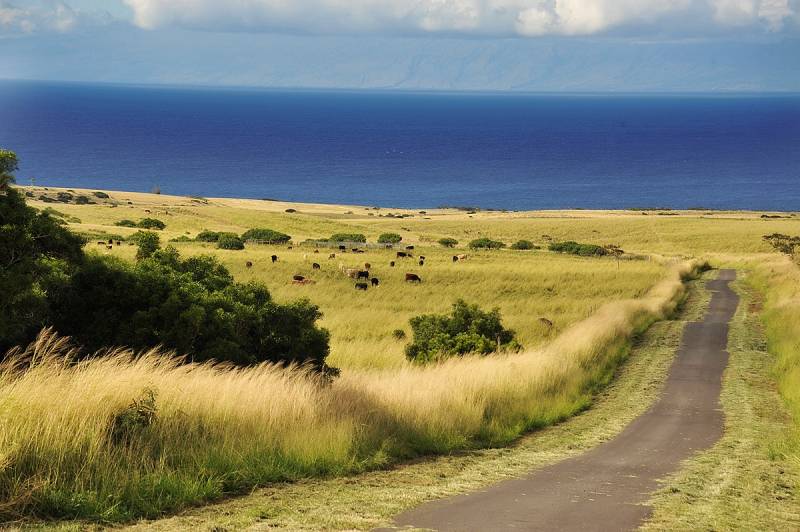Hawaii County General Plan – Shaping the Big Islandʻs Future
In 2005, the year I moved to North Kohala, community interview sessions had just begun for the districtʻs Community Development Plan (CDP), and I volunteered as a way to get to know my neighbors and what was important to them. Currently, Hawaiʻi County is engaged in another significant planning process, an update of the General Plan to guide the next 20 years of land use, economic growth and infrastructure decisions for the Big Island.
As the table below shows, the Countyʻs General Plan is the umbrella for the district by district Community Development Plans…and County actions ranging from zoning code changes to issuing permits to making infrastructure investments must follow these two levels of plan, which get adopted by the County Council as ordinance:

SOURCE: County of Hawaii Planning Department
Why should you care? If you live on the island, own property on the Big Island, or are considering owning here, some aspect of the planning process will touch your life…even if itʻs just the worsening traffic and the cost of electricity! Many of the topics of my blog posts, from Short Term Vacation Rentals to whether you can build a retreat center, are covered in the County Code and General Plan.
Balancing Economic Growth and Development, Infrastructure Needs, and Rural Character
The most shocking assumption in the plan is that the next 40 years will see the population increasing by 50% to almost 300,000 Big Island residents. Obviously that level of growth requires investment in infrastructure…and careful growth management and land use planning to preserve the rural character and lifestyle that we treasure.

Preserving the lifestyle: photo of downtown Kapaau in North Kohala, a community that treasures its rural character and history.
Where is this growth coming from? With a net increase of births over deaths of only around 950 per year, the bulk of this growth is what is termed “immigration.” Guilty as charged. Consistent with this forecast, 70% of my practice as a real estate broker is with people who are moving here from somewhere else.
Sometimes that is an inter-island move, clients who feel the Big Island still has much of the character that they remember growing up on Oahu or Maui. Often, just like in the Hawaii Life TV show, they are moving from the Mainland and choosing the lifestyle, either for retirement or because their jobs allow them to be here.
So that begs the question: where are the new homes going to be, and where are the jobs to support the local population?

The most obvious place to allow expansion is near the existing “urban” centers, primarily Kailua Kona and Hilo. The General Plan also proposes better demarcation between real agricultural districts and the rural areas that surround them. This implies getting underlying State Land Use designations to change so that County zoning code can be adapted.
The General Plan update proposes economic development in industries that can provide jobs for the local population, where the percentage of the population living below the poverty line is higher than the national average, without even taking into account that the cost of living makes the real rate of economic insufficiency even higher.
Bottom line: to keep the rural character of the island, economic growth needs to be in sustainable business: diversified agriculture, educational and institutional research-based tourism, green technologies and building, and sustainable tourism.
I am intrigued by the item: “Support subsistence-based businesses & economies & preserve opportunities to live off the land.” Zoning and building codes present huge obstacles to this goal at present. Those same codes are obstacles to the creation of affordable housing options that keep our rural communities intact. The draft General Plan recognizes that a county-wide look at the limits on creating affordable housing is required.
Preserving the Natural Environment and Agricultural Lands
Important General Plans items to me as Hawaii Lifeʻs Director of Conservation and Legacy Lands are those having to do with stronger protections for lands with conservation values that once lost are forever lost.
Items I applaud include:
- Amend the zoning code to create a conservation designation for lands (or portions thereof) that should be kept in a largely natural state, but that may not be in the Conservation District, such as certain important viewsheds, riparian buffer area, gulches, and very steep slopes.
- Identify corridors to be recommended for public open space.
- Establish agricultural subdivision standards that 1) lower barriers to the creation of viable farmsteads by reducing infrastructure requirements and expenses; 2) ensure public safety with appropriate rural water systems and roads; and 3) mitigate against speculative development.
- Amend Code to enable Rural Cluster Developments to provide a flexible procedure to allow clustering of development on Rural or Agricultural lands in exchange for perpetual protection.

Cattle graze what was once a larger acreage, now subdivided into 20-acre parcels with beautiful ocean and Maui views.
The economics of small scale agriculture are tough. Allowing a certain amount of farm stay or overnight accommodations in conjunction with real farming or ranching is one way to supplement incomes. The General Plan suggests:
- Amend criteria for Special Permits involving overnight accommodations on agricultural land to ensure compliance with State Law while still allowing appropriate entrepreneurial endeavors that promote agriculture and do not negatively impact the natural resources, infrastructure, or character of the area.
Aia ʻo Moku o Keawe i Hawaiʻi
Above all, planning solutions have to exist within a context of values and vision. In this case, the context is an island in the middle of the Pacific, with a strong and strengthening host culture. Each of the sets of goals in the plan: natural resource planning; infrastructure planning; land use planning; economic opportunity planning; and especially the awkwardly named “community placemaking planning,” references this context.

Generations of crew of the voyaging canoe Makaliʻi. This year the canoe made a 10-day voyage, with all provisions aboard the canoe grown, harvested, and prepared by the local community, including 10 schools from Hawaii island.
The vision the community placemaking goal states is this: Hawaiʻi is a safe, healthy, and diverse community deeply connected to the ‘āina, our historical roots, and sustaining our multicultural heritage for future generations.
Whether you are a relative newcomer, or your family has been here for generations, we share the goals of wanting the island to be an even better place to live in 10, 20, or 40 years. If you want to read or make comments on the Hawaiʻi County General Plan update, here is a link.
There are also topic workshops through October, and your comments are welcome!

Leave your opinion here. Please be nice. Your Email address will be kept private, this form is secure and we never spam you.